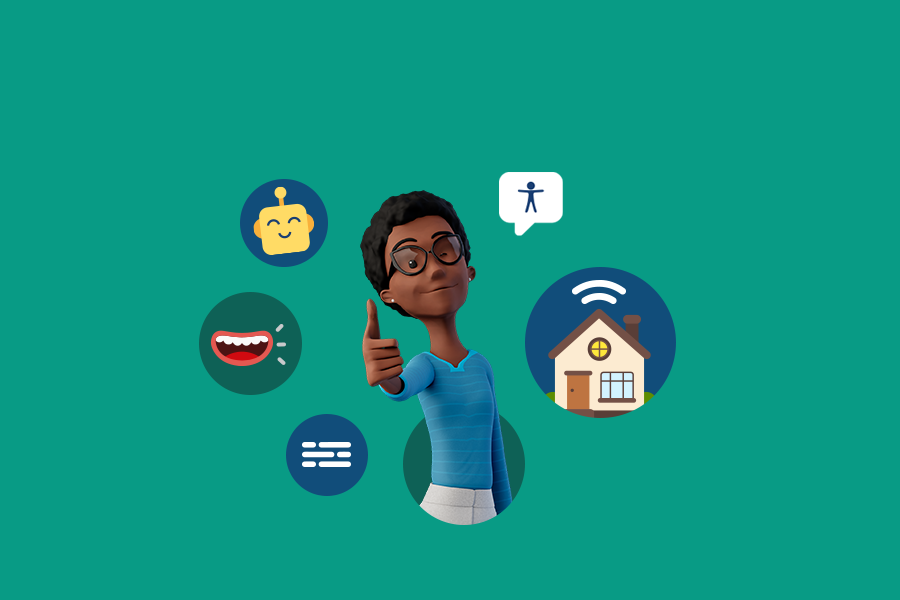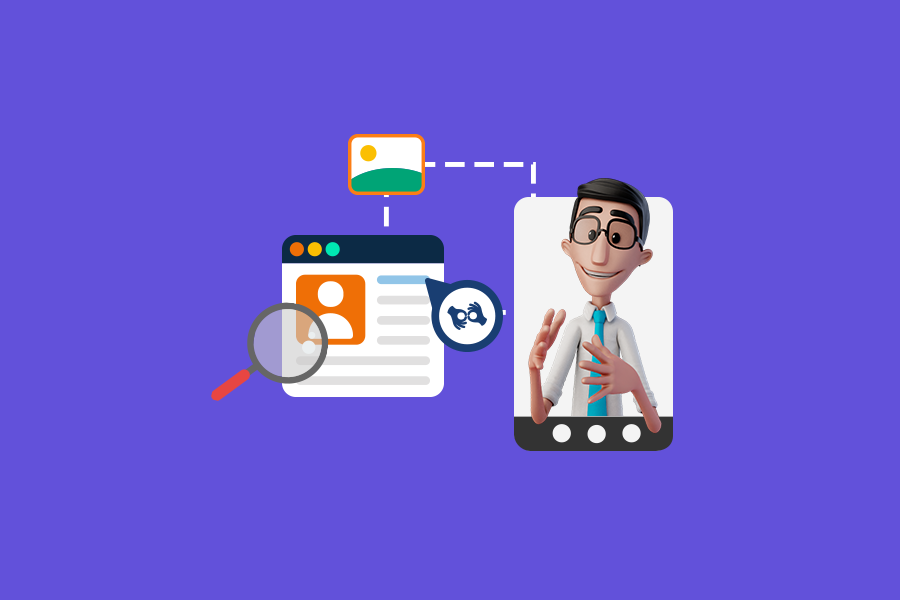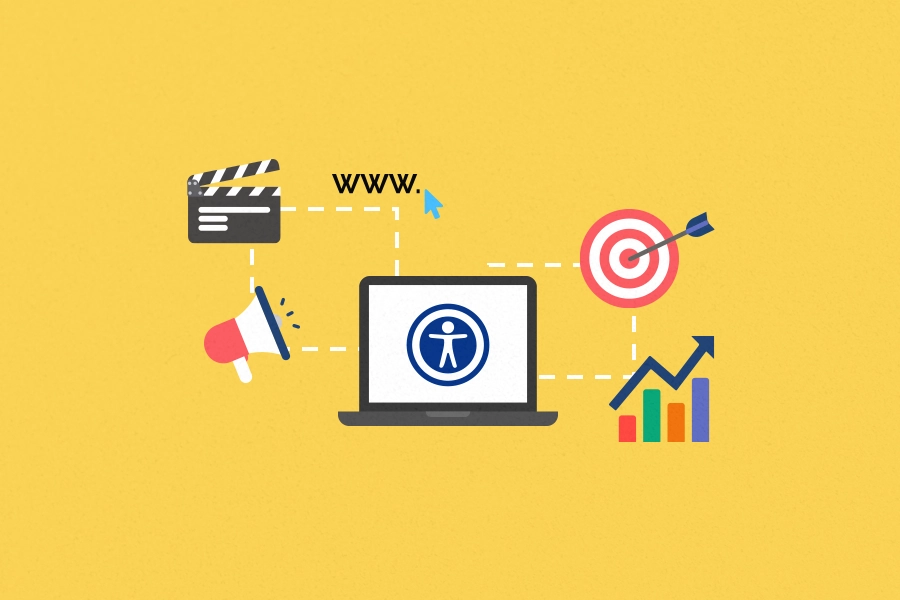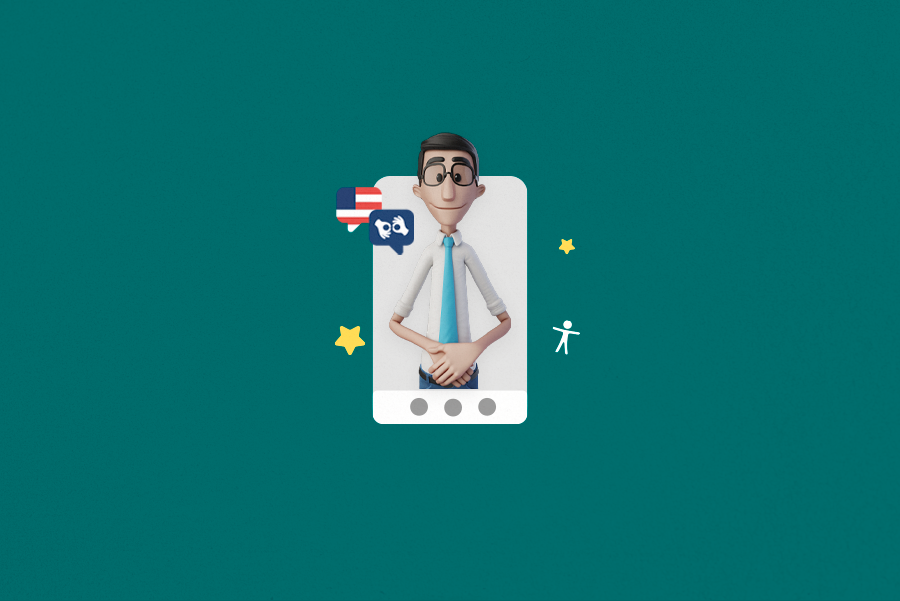
8 things that provide accessibility and you did not know

According to the dictionary, accessibility means ease of access, representing things that are accessible. This applies from physical structures, such as ramps, to communication practices, such as speaking slowly when talking to a deaf person and there is a Sign Language interpreter signaling your words.
This is an essential topic when we think about ensuring that all people have equal access and opportunities, do you agree?
Unfortunately, often we are not aware of the many innovative solutions that are available to us and that can make a difference in the lives of a lot of people. That is why we are going to tell you here about 8 of these solutions and how they can benefit not only people with disabilities, but society as a whole. Let’s go!
Main innovative solutions to improve accessibility
There are several assistive technologies, solutions, and tools that are already available to the population, but often we do not know that we can use them for accessibility. Most of them are super easy to access in everyday life, come and check out the main ones!
Voice-activated systems
Voice-activated systems are technologies that enable the control of devices through voice commands. They allow people with physical or visual disabilities to use electronic devices more easily and independently, turning on the TV without needing to leave the couch, for example.
Navigation assistants
Navigation assistants are devices or apps that provide guidance and information about the surrounding environment, being especially useful for those with visual disabilities. They help in moving and navigating in unknown spaces, increasing the independence and safety of these people.
A cool example is the Be My Eyes app, which connects people with visual disabilities with sighted people through live video calls. This way they can “lend their eyes” to help with daily tasks, such as checking the expiration date of a product or the color of a piece of clothing in a store.
Captioning services
We have talked a lot about captioning services here. As you may already know, they are resources that transform audio content into text, making it accessible to deaf people, those with hearing disabilities, those who do not know the language being spoken, or simply those who cannot listen to the content at the moment.
They are super relevant to improve accessibility, as they ensure that all these people can access important information in videos, TV shows, movies, and other audiovisual content!
Smart homes
Smart homes are becoming increasingly known and popularized. They are residences equipped with IoT (Internet of Things) technology that allows devices and systems to be controlled remotely and automatically.
But how can they be considered an accessible solution? It is the same logic as voice-activated systems, providing greater independence and comfort for people with disabilities, especially those with reduced mobility, facilitating day-to-day life.
AI-driven content summarization for Cognitive Accessibility
The name may seem very complicated, but the explanation is simple: this solution is nothing more than the application of Artificial Intelligence algorithms to summarize long and complex texts, making them more accessible to people with cognitive difficulties. This is a great accessible tool, allowing these people to absorb important information more efficiently and comprehensively.
Augmented Reality (AR) for navigation
Augmented Reality (AR) for navigation is the use of technology that overlays useful information, such as directions and points of interest, on the physical environment. Although this one in particular is still more distant from the daily lives of the general population, it can be a great ally to improve accessibility.
AR in this context can facilitate navigation for people with visual disabilities, expanding the possibilities of interaction with the environment and making the experience more inclusive and intuitive.
Haptic technology for signaling
Haptic technology for signaling uses vibrations or tactile feedback to indicate directions, alerts, and information, making signaling more accessible for deaf people or those with visual disabilities. It is responsible for providing an alternative and inclusive form of communication and guidance in various contexts.
A great example is to think of baby monitors that vibrate and change color to signal to a deaf parent that their child is crying.
Personalized assistive robotics
Personalized assistive robotics refer to the development of robots adapted to the specific needs of people with disabilities, assisting in daily tasks such as moving around, object manipulation, and communication.
A much broader example, but one that helps you understand the idea behind this concept, are the famous robot vacuums. They help provide greater independence and quality of life.
How digital accessibility benefits all users
Digital accessibility benefits everyone in several ways. It provides a better user experience, making content more understandable and enjoyable, regardless of whether someone has a disability or not. In addition, features like alternative text in images and simplified navigation make websites and applications easier to use for everyone, including the elderly and those with limited digital skills.
Creating content with digital accessibility in mind often means that it is more flexible. So, it adapts to a variety of devices, such as smartphones, tablets, and computers, ensuring a consistent experience across different platforms.
Also, by having accessible content, companies promote inclusion and diversity, creating a more welcoming and representative environment for all users. Additionally, digital accessibility increases awareness of the needs of people with disabilities, promoting empathy and understanding among different groups.
Conclusion
Digital accessibility is not just about meeting the needs of people with disabilities, but about creating a more inclusive, efficient, and enjoyable online experience for all users. So, it is always great to stay informed about all the things that can generate accessibility, right?
If you liked learning about how all these resources can be accessibility allies, then also check out Hand Talk’s accessible solutions!
To make your company’s website more accessible, count on our digital accessibility plugin. Now, if you want to learn how to better communicate with the deaf community in ASL (American Sign Language) or Libras (Brazilian Sign Language), download our free app that works as a pocket Sign Language translator!


